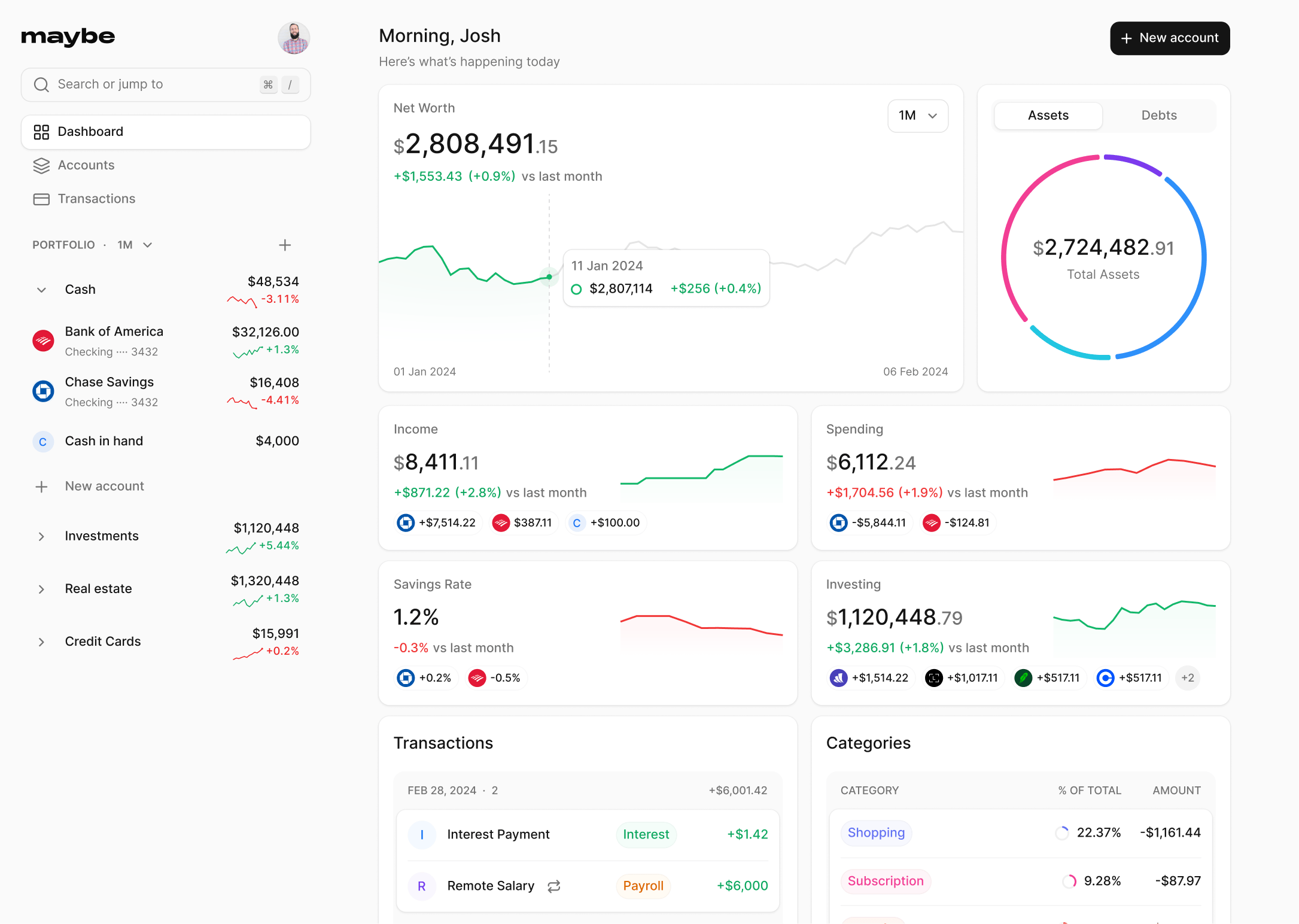Decoding the Liquid Net Worth Puzzle: What It Is and Why It Matters

Author
Josh Pigford
Liquid net worth is calculated by subtracting liabilities from the value of an individual's liquid assets. Liquid assets include cash, money in checking and savings accounts, and investments such as stocks, bonds, and mutual funds that can be quickly converted to cash without significant loss. This measure does not consider non-liquid assets like real estate or retirement accounts, which are harder to convert to cash quickly.
Key Components of Liquid Net Worth
- Cash and Cash Equivalents: This includes physical cash and balances in checking and savings accounts that can be accessed immediately.
- Investments: Stocks, bonds, and mutual funds that can be sold and converted into cash quickly.
- Other Liquid Assets: Items like jewelry or high-end watches, if they can be readily sold.
Exclusions in Liquid Net Worth Calculation
- Real Estate: The value of primary residences or other real estate investments is not included as these cannot be quickly liquidated.
- Retirement Accounts: Funds in retirement accounts are typically not considered liquid due to penalties and taxes on early withdrawal.
This section focuses on the assets that are readily available for use in financial transactions or emergencies, highlighting the importance of understanding what components are considered liquid versus those that are not.
Calculating Liquid Net Worth
Steps to Calculate Liquid Net Worth
- List All Liquid Assets: This includes cash, checking and savings accounts, money market accounts, stocks, mutual funds, ETFs, and bonds. These are assets that can be converted to cash quickly, typically without significant penalties or loss in value.
- Sum Up Liabilities: Include all current debts such as credit card balances, student loans, personal loans, and any other outstanding liabilities.
- Calculate Net Worth: Subtract the total liabilities from the total liquid assets. The result is the liquid net worth.
Example Calculation
- Liquid Assets:
- - Cash: $20,000
- Brokerage Accounts: $150,000
- Stocks: $3,000
- Total Liquid Assets: $173,000
- Liabilities:
- - Credit Card Debt: $5,000
- Student Loans: $42,000
- Total Liabilities: $47,000
- Liquid Net Worth: $173,000 - $47,000 = $126,000
This calculation demonstrates that despite having substantial assets in the brokerage account and stocks, the liabilities significantly affect the final liquid net worth.
Importance of Liquid Net Worth
Understanding Financial Health and Safety
Liquid net worth is crucial as it represents the measure of one's financial health and the ability to meet immediate and short-term obligations. It reflects the amount of cash or cash equivalents accessible to an individual after deducting liabilities. This calculation is vital for assessing one's ability to handle regular financial needs and achieve long-term monetary goals.
Role in Financial Security
Improving liquid net worth is essential for those struggling with savings, as it acts as a first step towards escaping financial insecurity. It represents the readily available resources that can be used for everyday expenses and emergencies, ensuring that individuals have a safety net that can support them without the need to liquidate long-term investments prematurely.
Impact on Financial Decisions
Liquid net worth also plays a pivotal role in making informed financial decisions. It provides a clear picture of the funds available at one's disposal for immediate use, which is crucial when facing unexpected expenses or investment opportunities. This measure helps in evaluating how well one can handle financial risks and make strategic decisions about investing or saving.
Big-Picture Financial View
While it often presents a modest figure due to many assets being illiquid, such as homes or retirement accounts, liquid net worth offers a big-picture view of financial health. It is a critical metric for those looking to understand their overall financial standing, complementing other financial measures like total net worth and cash flow analysis, which together provide a comprehensive overview of financial well-being.
Tips to Improve Liquid Net Worth
Building an Emergency Fund
- Start Small: Begin by setting aside a manageable amount each month, such as $100, to build your emergency fund.
- Use the Right Accounts: Consider high-yield savings accounts or money market accounts that offer better returns than traditional savings accounts and maintain liquidity.
- Increase Contributions: As your financial situation improves, gradually increase the amount you save each month.
Reducing Expenses
- Identify and Cut Non-Essential Spending: Use budgeting apps to track your spending and identify areas where you can cut back.
- Negotiate Bills: Contact service providers to negotiate lower rates on utilities, subscriptions, and other recurring expenses.
- Use Cash-Back and Discounts: Take advantage of cash-back offers, coupons, and discounts to reduce spending.
Paying Off Debt
- Target High-Interest Debt First: Prioritize paying off debts with the highest interest rates, such as credit card balances, to reduce the total interest paid.
- Consolidate Debts: Consider consolidating multiple debts into a single loan with a lower interest rate to simplify payments and reduce interest costs.
- Use Extra Cash Wisely: Apply any extra cash, such as tax refunds or bonuses, directly to your debt to speed up the repayment process.
Increasing Investments
- Diversify Your Portfolio: Invest in a mix of assets, including stocks, bonds, and mutual funds, to spread risk and increase potential returns.
- Consider Retirement Accounts: Maximize contributions to retirement accounts, such as 401(k)s or IRAs, which can also provide tax advantages.
- Reinvest Dividends: Opt to reinvest dividends from stocks or mutual funds to compound growth and increase your investment returns over time.
Maybe: The Benefits of Saving Money at a Young Age

Josh Pigford
Tactical Asset Allocation: A Dynamic Approach to Portfolio Management

Josh Pigford
How to plan for financial independence vs. retirement

Josh Pigford
Join the Maybe  waitlist
waitlist
Join the waitlist to get notified when a hosted version of the app is available.
